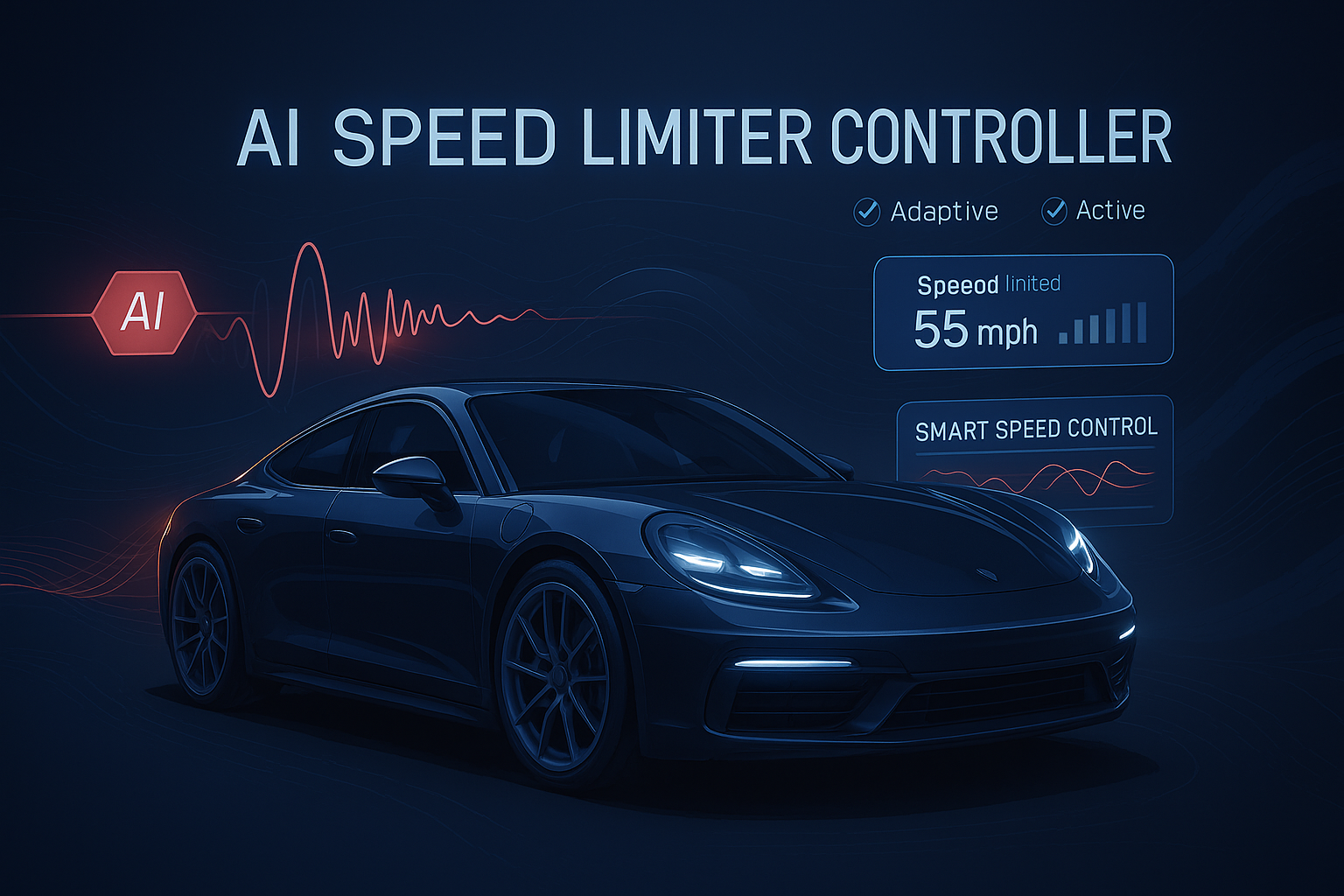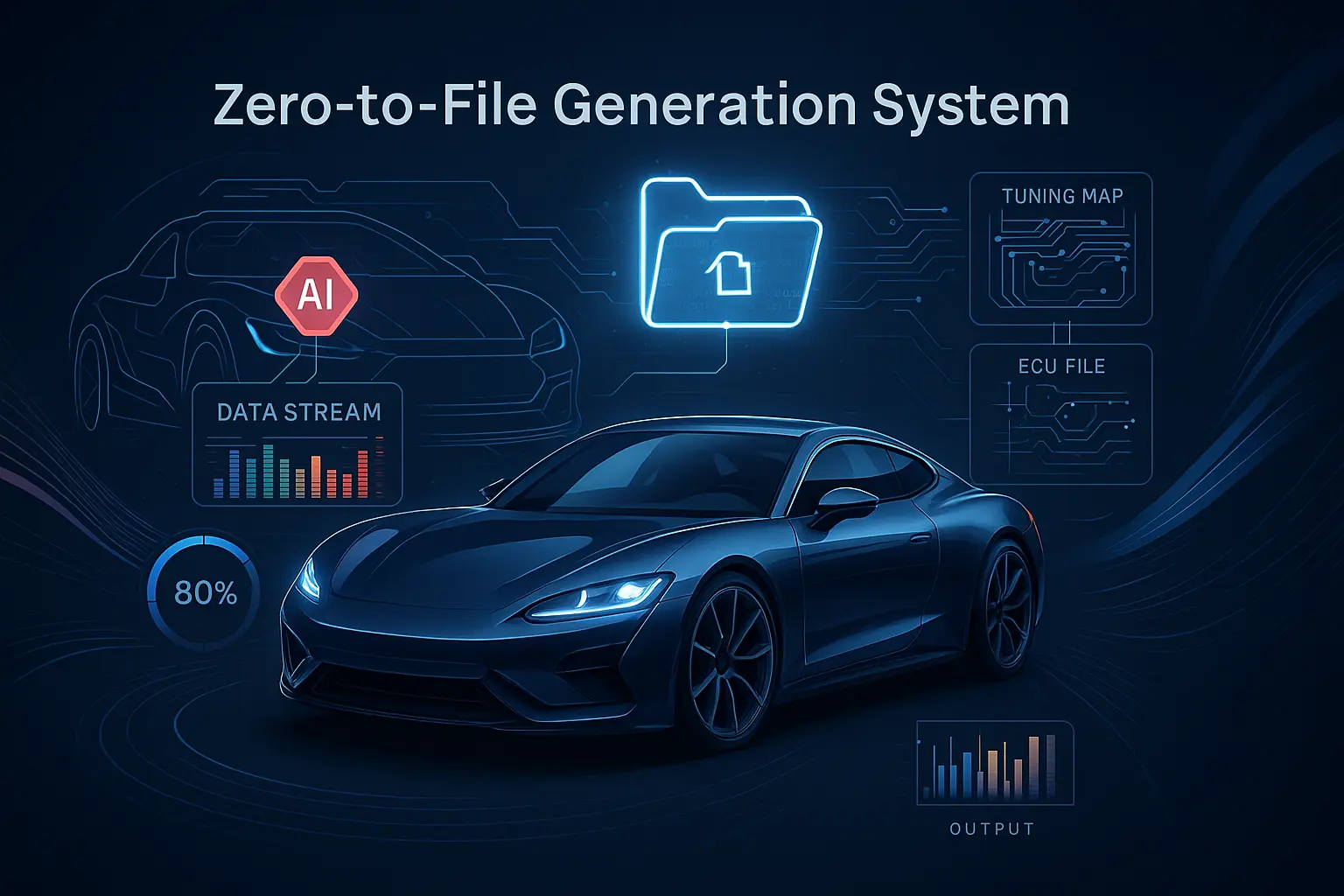AI-Powered Engine Sound-Based Tuning | Precision Meets Sound
🔧 Introduction
AI-powered engine sound-based tuning is redefining how modern vehicles are calibrated for performance and precision. Instead of relying solely on traditional sensor data or generic ECU maps, this approach uses real-time engine sound patterns to dynamically shape tuning profiles.
By using artificial intelligence to interpret unique acoustic feedback from the engine, tuners and platforms like MetaECU AI can now create highly personalized tuning strategies — tailored not just to performance goals, but also to the auditory signature of the engine.
🧠 What Is Engine Sound-Based Tuning?
Traditional tuning methods analyze variables like air-fuel ratio (AFR), boost pressure, throttle position, and ignition timing. However, sound-based tuning adds another layer: acoustic intelligence.
Engine sound contains hidden information about combustion efficiency, knock events, exhaust flow, and internal mechanical resistance. With the help of machine learning models, AI decodes these sound waves to suggest or auto-generate custom ECU maps.
🎯 Why Use AI-Powered Engine Sound-Based Tuning?
✅ Dynamic Precision
AI adapts the tuning in real time based on audio waveform feedback from the engine.
✅ Enhanced Driving Feel
Matching ECU parameters to engine acoustics leads to more natural throttle response and smoother power delivery.
✅ Fault Detection
Irregularities in engine sound often reveal issues before sensors trigger a DTC (Diagnostic Trouble Code).
✅ Personalized Sound Signature
Create a unique engine tone that aligns with your performance style — sporty, aggressive, or silent.
🧪 How It Works
Microphones or sensors capture engine sound data.
AI analyzes patterns — identifying resonance, knock, vibration, and pitch.
ECU map parameters are suggested or adjusted (e.g., spark timing, AFR, boost).
Real-time adjustments are made while driving or on a dyno.
Platforms like MetaECU AI use neural networks trained on thousands of engine profiles to deliver adaptive and vehicle-specific tuning outcomes.
📊 Key Parameters Adjusted Through AI Sound Analysis
| Engine Parameter | Tuning Action Based on Sound |
|---|---|
| Spark Advance | Adjusted to eliminate knock |
| AFR Ratio | Smoothed for cleaner burn |
| Valve Timing | Synced for optimal pressure |
| Turbo Spool Delay | Reduced with sound feedback |
| Throttle Sensitivity | Aligned with acoustic curves |
🤖 MetaECU AI & Sound-Based Map Generation
MetaECU AI combines acoustic signal processing with its tuning suite to:
Detect knock and misfire acoustics
Adjust maps without sensor lag
Offer live waveform feedback
Store sound-based tuning profiles
Predict performance issues early
Want to see how Stage 1 tuning aligns with sound-based adjustments?
Check out our Stage 1 Tuning Guide
🔗 External Reference
For more on acoustic signal processing in automotive applications, visit:
SAE International – Acoustic Vehicle Engineering
🚘 Who Benefits from This Technology?
Performance Tuners: Real-time control without relying on trial-and-error
Engine Developers: Build quieter or signature-sounding vehicles
Fleet Managers: Detect issues through sound patterns before failures
DIY Tuners: Use AI tools to tune safely with precision
🔚 Conclusion
AI-powered engine sound-based tuning is not just innovation — it’s evolution. It blends machine intelligence with mechanical harmony to deliver a tuning experience that listens, learns, and adapts.
Whether you’re chasing lap times or refining your daily driver, this technology ensures your engine doesn’t just perform — it sounds the way it should.
👉 Ready to fine-tune your engine by ear — and by AI?
Explore MetaECU AI’s sound-based tuning tools today and experience the next generation of performance calibration.


